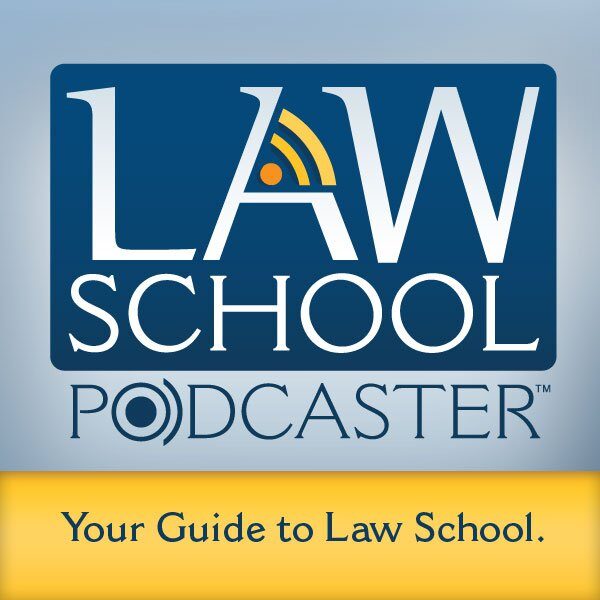Our next show, “Financing Your JD” runs down what you need to know about paying for your law school education. In this segment, Law School Podcaster Host/Producer, Bonnie Petrie, had our experts break it all down for listeners. In our recent blog post, we previewed some of the information we cover in this show about “free money resources.” Tune into the show to hear our experts cover the landscape on all the different loans options available, and then tackle the question of how applicants qualify for each. Another topic covered in this segment – what about those law students who aren’t seeking jobs with BIGLAW or who want a career in government service or non-profit work? What then?
We asked Mark Kantrowitz at FinAid.org to tell us how much debt a student should reasonably take on. “The general rule of thumb is that you should not borrow more than your expected starting salary for your entire education. So, if you expect to be earning $100,000 a year after you graduate, then you can borrow up to $100,000 and easily afford to repay that debt in a ten-year term, which is a standard repayment term. However, let’s suppose that you’re intending to go into public service law, such as civil legal service attorney or public defender or a prosecutor where your salary might be much lower than $100,000. In that case, there is a new repayment plan called “income-based repayment” that bases the monthly payments not on the amount you owe but rather on your discretionary income.”
This program dovetails nicely with “Loan Forgiveness.” Mark Kantrowitz says “[f]or students who enter into public service and are working full-time in public service for a period of ten years, and their loans have to also be in the direct loan program, at the end of that ten-year period any remaining debt is forgiven. So you can use “income-based repayment” to reduce the monthly payments to an affordable level. For most borrowers, this will end up being less than 10% of your gross income and to prevent the loans from hanging over you for the rest of your life, there’s forgiveness at the end of ten years. If you don’t participate in Public Service Loan Forgiveness, then the forgiveness occurs in “income-based repayment” after 25 years. The forgiveness after ten years is not taxable. Under current law, the forgiveness after 25 years is taxable, but there’s a chance Congress may change that.”

Assistant Dean of Enrollment Services at Fordham University School of Law, Stephen Brown, is excited about these repayment options. “This is an amazing program for people who are absolutely sure they will spend ten years in government or the non-profit world. If you do not spend ten years in government or non-profit work, there are penalties and this could become a very expensive program. If you spend ten years, this is the greatest program anyone could imagine for young people working in government or working in non-profit.”

Assistant Dean for Career Services at Washington University (St. Louis) School of Law, Michael Spivey, explains how the amount of debt students take on will influence their choices. “If you start making $160,000 a year, you can take on significant debt. But there’s bimodality in market salary in that the vast majority of students graduate from the vast majority of law schools, and receive about $50,000 to $60,000 to $70,000 a year. There are now 200 ABA-approved law schools, and that number is ever growing, and there are more and more students with bright eyes who look at the $160,000 salary and, I think, fail to note that most students are only making $50,000 to $60,000 to $70,000 upon graduation.”
Our experts agree that you should think carefully about what you want to do with your JD before you start signing loan papers.
Listen to the full show, “Financing Your JD,” which covers all this and a full run-down on the various loan options available to help you figure out how to pay for your law school education.
